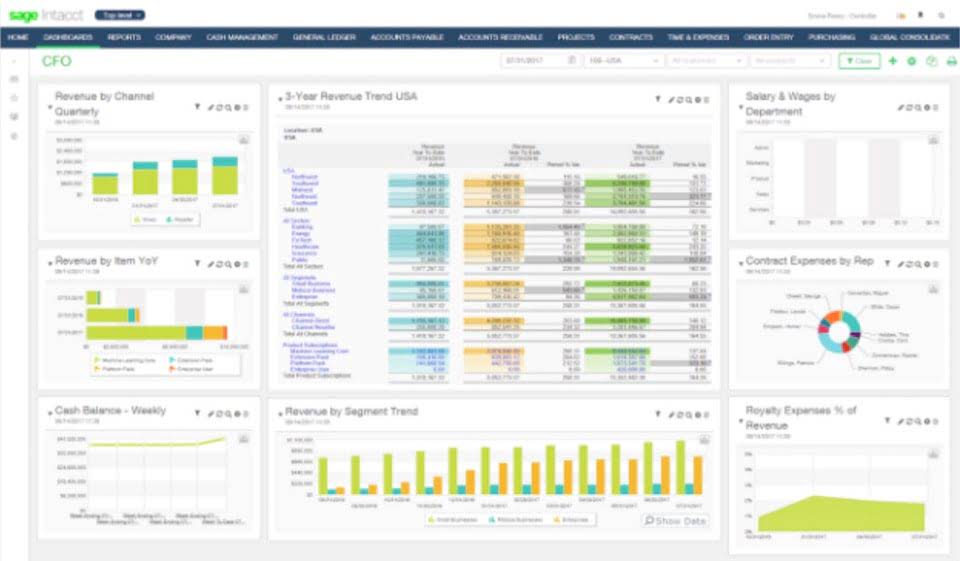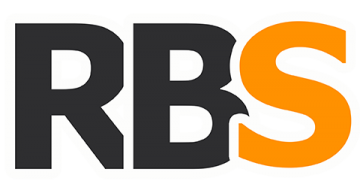Content

Bad debt can be reported on the financial statements using the direct write-off method or the allowance method. It creates greater efficiencies, accelerates cash flow, and drastically improves the customer experience. The good news is you can minimize bad debts by optimizing the way you manage your collections. Most businesses rely on cash flow they have yet to receive from customers who have purchased their goods and…
- The aging method (developed in 1934) is arguably the most popular and easiest method for calculating bad debt expense.
- Doubtful debt is money you predict will turn into bad debt, but there’s still a chance you will receive the money.
- There is no allowance, and only one entry needs to be posted for the entry receivable to be written off.
- Johnstone Supply ultimately decided to purchase credit insurance to reduce its exposure to bad debt expense.
- Editorial content from The Ascent is separate from The Motley Fool editorial content and is created by a different analyst team.
- When you add to that the £68,413 owed, per business, in unpaid invoices and the rising crisis caused by late payments, it’s no wonder that companies are looking for ways to reduce their bad debt.
Allowance for doubtful accounts (ADA) is a financial metric that estimates the value of rendered services or goods sold that you don’t expect to get paid for. Essentially, it’s a tool used in accrual accounting as a way of tracking bad debt up front with the Understanding the Cost of Bookkeeping for Small Businesses end goal of maintaining more accurate financial statements. A bad debt expense is a measure of the total amount of “bad debt” during an accounting period. Bad debt is all debt or outstanding credit sales that cannot be collected on during a given period.
Example of Bad Debt Expense
That’s why payment reminders are key in your account receivable process and especially in recognizing bad debts. To calculate your allowance, you first need to calculate your bad debt rate, which is based on your past experiences. After a while, the invoice in question is deemed uncollectible and written off as bad debt. Bad debts are also called doubtful debts, or doubtful accounts since the business doubts the fact the invoice will ever get paid. Allowance for Doubtful Accounts decreases (debit) and Accounts Receivable for the specific customer also decreases (credit). Allowance for doubtful accounts decreases because the bad debt amount is no longer unclear.
Learn how Versapay’s collaborative AR software minimizes your company’s bad debt expenses by streamlining collections and avoiding miscommunications that often lead to late payments. This method is straightforward but might lead to confusing accounting entries. It can misstate income if your bad debt journal entry occurs in a different period from the sales entry. For that reason, the direct write-off method works best when recording immaterial debts or if you only have a few uncollected invoices.
Allowance Method
Another category might be 31–60 days past due and is assigned an uncollectible percentage of 15%. All categories of estimated uncollectible amounts are summed to get a total estimated uncollectible balance. That total is reported in Bad Debt Expense and Allowance for Doubtful Accounts, if there is no carryover balance from a prior period. If there is a carryover balance, that must be considered before recording Bad Debt Expense.
However, the company is owed $90,000 and will still try to collect the entire $90,000 and not just the $85,200. Regardless of how you choose to measure it, ADA calculations can be easily set up and managed through solutions that automate the collection process. Even with larger customer pools, companies can run these reports as often as needed to https://adprun.net/10-benefits-of-having-professional-bookkeeping/ ensure they’re maintaining an accurate view of their finances. The third method takes the most granular approach yet by assigning personalized default risk percentages to each customer based on historical trends. This method is commonly used when client relationships span years and provide plenty of historical data for your business to pull from.

Recent Comments